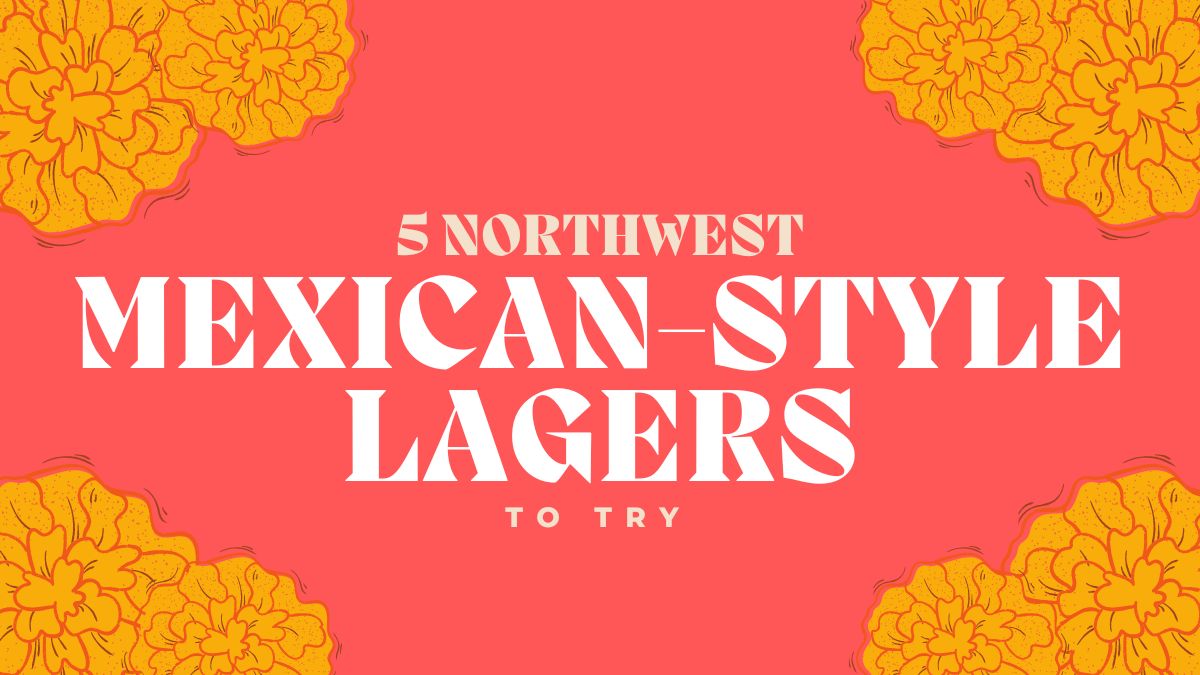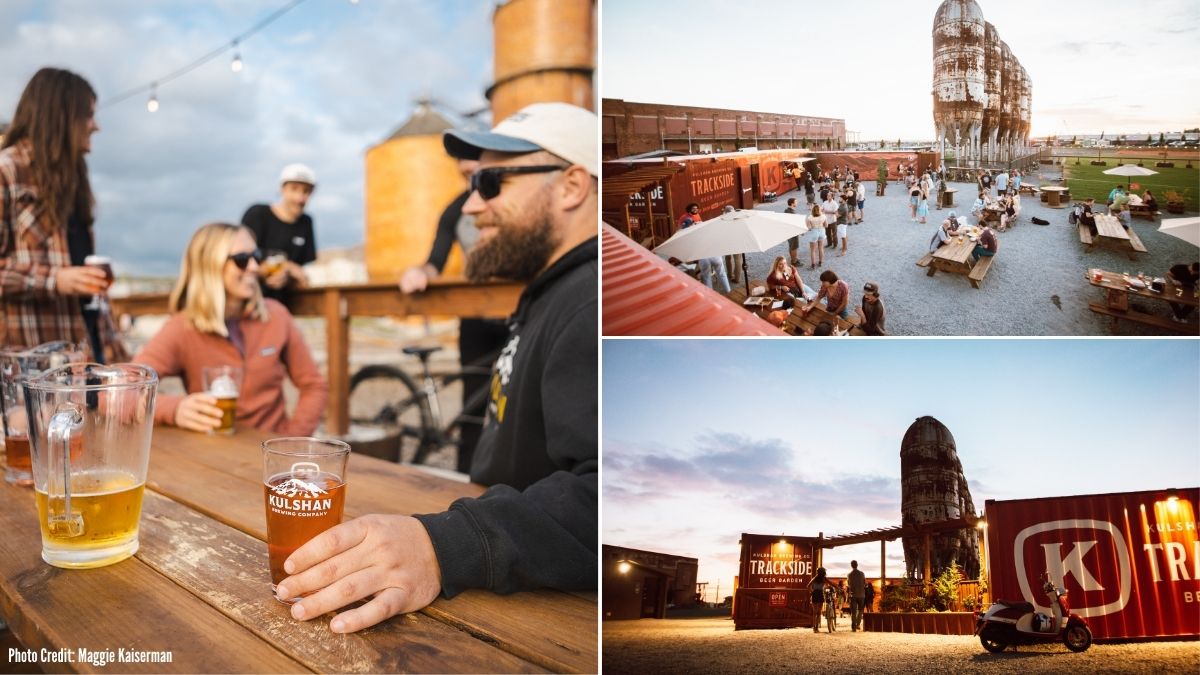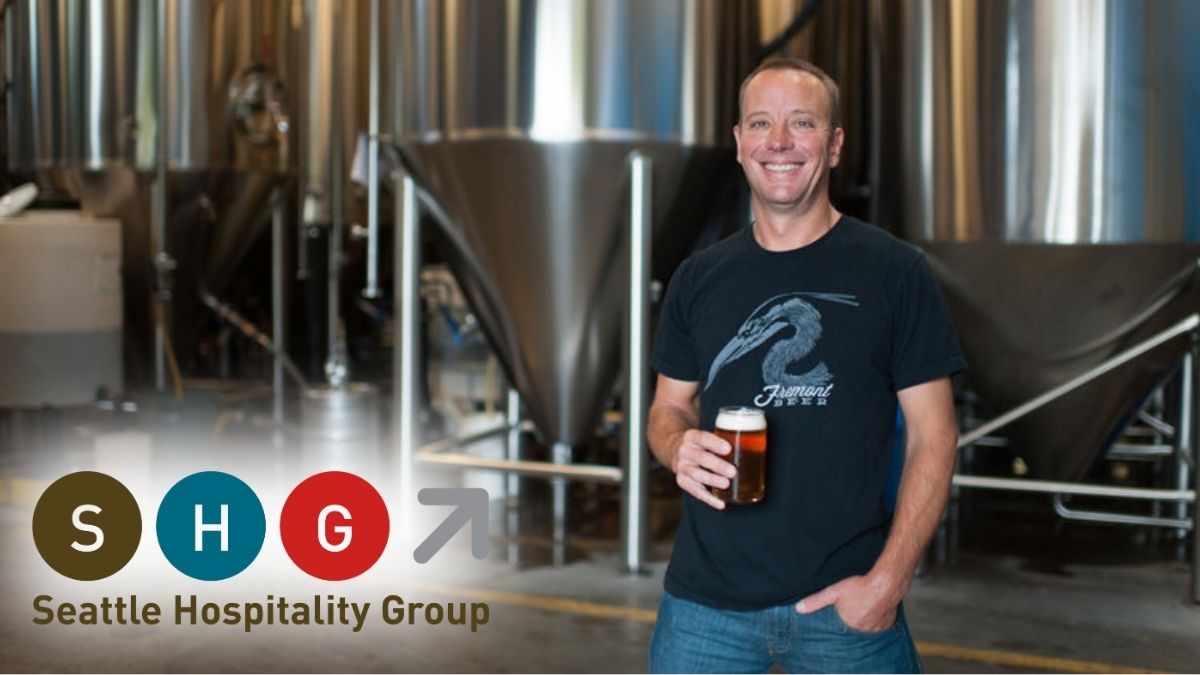Hops: beer’s flavoring agent, the unapologetic artist of aroma and natural preserver. Hops have been balancing and delighting the beer in our pint glasses for ages.
West Coast beer culture has paved the way for bringing hops to the forefront since the meteoric rise of craft beer. The Pacific Northwest leads hop production in the United States, especially in ideal growing conditions along the 48th parallel north. And with hops playing less of a supporting role, Northwest brewers have accessibility to explore their beer with more sought-after varieties than ever. How are they taking advantage of beer’s most endearing ingredient?
THE BASICS
There are a variety of hop products offered to commercial brewers and homebrewers today, but the most commonly used are whole cone hops, hop pellets and hop extracts. Whole cone hops are exactly as described — the flower of the female hop plant are picked, air dried and pressed into large bales, maintaining the hops most natural and unprocessed characteristics. For pellets — a more widely used hop product in craft beer — the hops are milled, compressed and pelletized for higher efficiency. Hop extracts are used for clean bittering; the concentrated, pre-isomerized oil has the highest utilization and preservation.
THE BREWING
Brewers use different practices with their hops to impart levels of bitterness, flavor and aroma. Through bittering, hops are added to boiling wort — the liquid extracted from the mashing process that contains the fermentable sugars that will produce alcohol — in order to extract oils and isomerize alpha acids. Isomerize, by definition, meaning the restructuring of atoms in a molecule. This allows those precious alpha acids to be water-soluble and relinquishing bitterness in return. Bitterness is all dependent on the amount of hops in the boil, as well as boiling time.
THE BENEFITS
Bitterness isn’t a hop’s only strength. Flavor and aroma have strong roles in balancing out a beer — or standing out bright, like in most Northwest IPAs. Brewers gain a hop’s maximum flavor and aroma through “hop bursting,” a generous addition of hops late into a boil or at the whirlpool stage after flame out.
This is also achieved through the most popular trend in craft beer: dry-hopping. Usually performed during secondary fermentation, dry-hopping adds no bitterness but captures those volatile oils typically lost in the boiling process, leading to a fresh burst of hop flavor and aroma in every pint. Dry-hopping techniques can leave hop sediment in a beer, but the trend leads to be desired as heavily hopped, cloudy IPAs dominate the taps.






